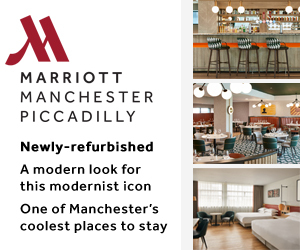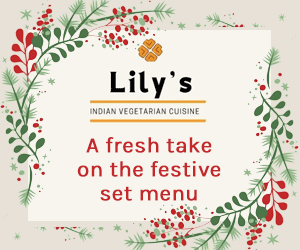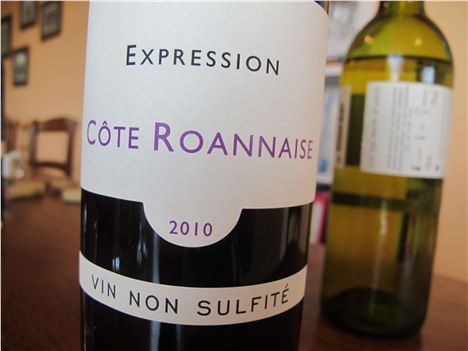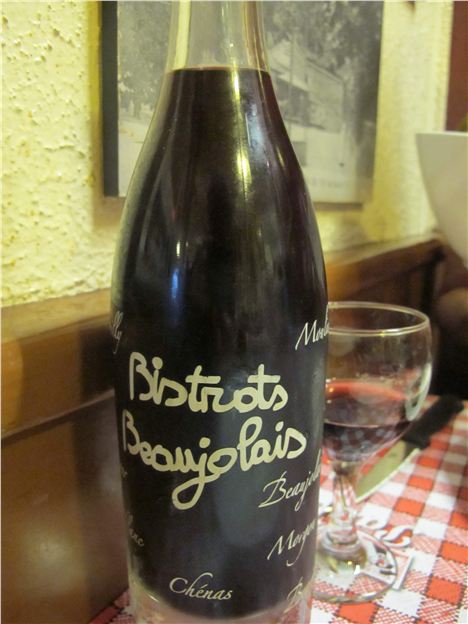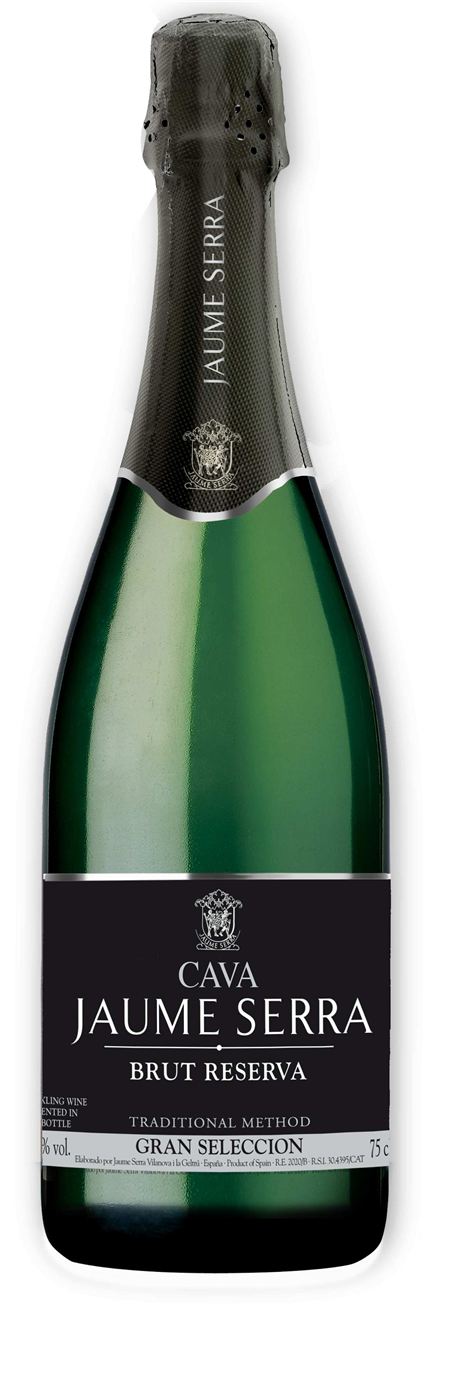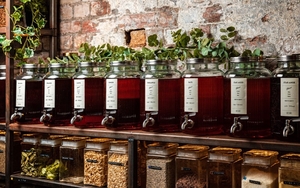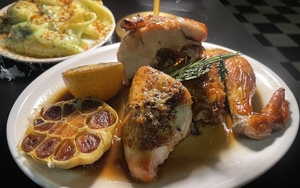READERS of this column will be well aware of my devotion to lightly chilled Gamay – the uncomplicatedly fruity grape of Beaujolais. Two consecutive terrific summers, 2009 and 2010, made Beaujolais a must-buy, not just at the Villages level but also the most basic crus.
A strawberry cocktail with a surprisingly persistent mousse.
Gamay is a staple, too of the unsung reds of the Roannaise region to the west of Beaujolais. This Gamay enclave, awarded appellation controlee status only in 1994, is actually in the Loire. But this is not the chateaux and orchards Loire of sea-breezy Muscadet, luscious Vouvray, slatey Chinon and Bourgeuil reds, and the restrained Sauvignon flavours displayed by Sancerre and Pouilly Fume.
The river here is gentler, the tourist delights less obvious. I liked it very much on a recent visit.
It’s a 50km drive from Lyon, where the Cote Lyonnaise Gamays are weedy. We dropped in on Simon Hawkins, an Englishman who has spent 20 years at his hilltop Domaine du Fontenay pursuing a dream of producing wines of irreproachable purity, based on natural sugar levels and avoiding the widespread practice of chaptalisation (adjusting the level of alcohol by adding sugar during fermentation). So he was ahead of the game on the quest for ‘Natural Wine’ – now all the rage.
The use of sulfites is kept to a minimum, too, and avoided altogether in a red called Expression – 100 per cent fermented grape juice. We tasted the 2010, impressively balanced but lacking the abundant fruitiness I crave in Gamay. Just too herby. Perhaps my palate is attuned to the sugar kick?
Simon, whose reds have been praised by Robert Parker, also produces a sparkling curiosity that features on the wine list of Noma, the cult Copenhagen restaurant that has been voted the world’s best. Simply called 7, it is just 8 per cent in alcohol, fresh and remarkably pure in taste and Simon told me: “One could even argue it represents the best expression of the Gamay grape.”
The winery, near Villemontais, outside Roanne, also does B&B recommended by Alastair Sawday. Fontenay wines are occasionally available in the UK. Contact the winery direct for stockists.
The highest profile winemaker in the rolling Roannaise is undoubtedly Robert Serol, whose family estate dates back to the 18th century, though bottling on site only began in 1971. It too is committed to natural winemaking in harmony with the terroir. Since 2005 the domaine is certified by Terra Vitis as practicing 'Agriculture Raisonée'.
The Serols (son Stephane is heavily involved) work with the famous three-star Michelin restaurant Maison Troisgros in Roanne and at two more modest establishments in the region we were on each occasion offered reds from the Serol range.
Quite by chance just before I left for France a bottle of Robert Serol Côte Roannaise Vieilles Vignes 2011 turned up on my doorstep, sent by the Wine Society. Low in alcohol, it was full of bright cherry, spicy fruit that could easily be mistaken for a lesser Beaujolais Villages (£7.95 a bottle, £95 a dozen, to purchase you must join the Society).
The Serol was chosen blind by the buyers as one of 45 Wine Champions, the creme de la creme of the Society’s 1,200 plus wines. All are on special offer until July 15, 2012 or while stocks last.
Equally impressive was another Champion, Muscadet Sèvre-et-Maine sur Lie, Domaine des Ratelles, 2010 (£6.75 a bottle, £81 a dozen), tangy, a mouthful of pebbles but with a long streak of fruit along with the acidity.
An similarly gorgeous dry white demanding a plate of fruits de mer is Soalheiro Alvarinho 2011 (www.uncorked.co.uk, £16.50 and www.butlers-winecellar.co.uk, £15.95). It’s a classic Vinho Verde from Northern Portugal, citrussy with perhaps a hint of lemon sherbert even, with wonderful refreshing acidity Soalheiro means sunshine and that’s there in abundance in Quinta de Soalheiro, Primeiras Vinhas Alvarinho 2010 Vinho Verde (Butler’s, £21.50), a pricier stablemate made from old vines and partly fermented in oak. It feels closer to an Albarino from across the Spanish border in Galicia.
This was chosen as one of Julia Harding MW’s 50 Best Portuguese Wines. There’s a chance to taste all these when the roadshow turns up in Manchester on Thursday, June 21, from 7pm-9pm in the Castlefield Rooms, 18-20 Castle Street, M3 4LZ. Tickets cost £10. To reserve yours mail winesofportugal@cubecom.co.uk or call 020 8401 5501.
A more affordable white for everyday summer drinking (sheltering from the rain currently) is Dourthe La Grande Cuvee Sauvignon Blanc 2011 (Waitrose, £7.99, on promotion at £6.39 from June 27). Supple gooseberry flavours – a gentle Bordeaux antidote to those over-reaching kiwi Sauvignons.
Finally some great value summer sparklers. Dating back to 1647, the Jaume Serra winery sits on a Catalan hilltop sloping down to the Mediterranean. Today, the winery is surrounded by 125 hectares of vineyards and, as well as making a range of DO Penedès still wines, produces a pair of cavas, which are available in Tesco and are on promotion from July 18 until August 15 to coincide with the Olympics.
Both are crackers at the discount prices, worth celebrating gold with. Jaume Serra Brut Reserva Gran Seleccion (down from £12.99) is a blend of 30 per cent macabeo, 30 per cent xarel.lo, 20 per cent Chardonnay and 20 per cent Parellada and the wine was aged in bottle for 15 months before release. Pale yellow in colour with green highlights, it offers bundles of crisp fruit.
Jaume Serra Rosé Brut Reserva Gran Seleccion (similar discount) is a blend of 80 per cent Trepat (a native to Penedes) and 20 per cent pinot noir from high altitude vineyards (300-700m). A strawberry cocktail with a surprisingly persistent mousse.





